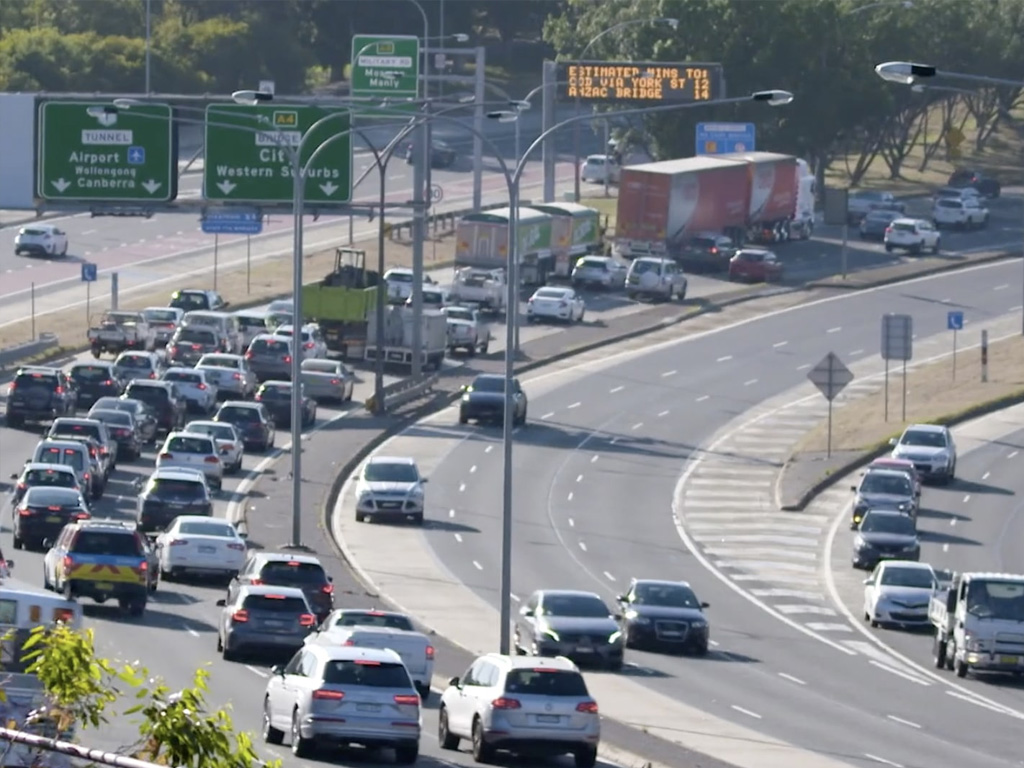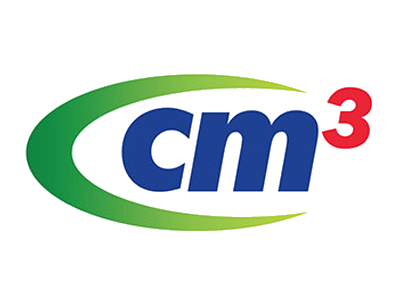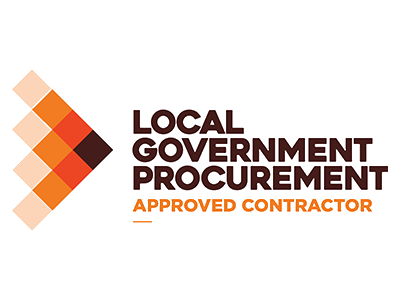The Urban Constructability Review Checklist for Road Projects
The Washington State Department of Transportation defines Constructability as the property of a project where construction and maintenance knowledge is applied during the design process, and where errors and omissions in the contract plans and special provisions have been minimised to enable the contractor to construct a high quality project that is biddable, buildable, and maintainable. TK Business Group have put together a list of constructability questions to raise in your next road project constructability review. Whilst this is not meant to be an exhaustive list, we believe it is a starting point to stimulate the discussion.
- Is the construction staging achievable and realistic?
- Will the staging allow the appropriate lane widths to be maintained during construction?
- Will the staging allow enough space/ real estate to use approved barriers during construction?
- Will the staging allow enough space/ real estate for the appropriate line marking to be maintained?
- Are any permanent road or lane closures required (a permanent closure, is defined as a closure longer than 1 shift)?
- If a permanent road/ lane closure is required, can it be avoided?
- Where are the enter and exist points for construction vehicles servicing the project?
- Is the pavement depth excessive? Check the CBR results and the existing pavement depth and composition via the bore log d
- Can certain layers in the pavement be combined/ simplified to use the same material?
- Can a maintenance pavement being used in locations that will need to be trafficable at the end of a shift? (i.e. can a full depth asphalt or slab replacement pavements be used?)
- Can additional joints be introduced in rigid pavements to simplify construction? (i.e. can additional/ different tie and transfer joints be introduced to simplify construction?)
- Are all the materials recommended readily available? If not, can they be replaced by equivalent materials which are readily available?
- If there are long lead times for materials, has this information been included in the construction program?
- What temporary works are required to facilitate the final construction works?
- Has the size of plant to be utilised on site been considered?
a. What is the heaviest item(s) to be lifted on site via crane?
b. Can the weights of these item(s) be reduced?
c. Can this crane be accommodated on site?
d. What is required to achieve appropriate crane pads/ platforms on site.
e. Has the excavators, skid steers, mills, asphalt pavers, concrete trucks, trucks, truck and trailers, shuttle buggy, slip form machines, concrete pumps, sizes, locations and directions of travel onsite been considered? - Has a stockpile site for both materials to be used during construction and waste material been allocated? If not, what is the material delivery plan? Will waste materials be taken to a waste facility directly (day works)? Or will waste material be stored in trucks till facility opening times (night works)?
- Can the project be descoped, whilst still achieving the desired outcomes?
- Can any footings, and foundations, be reduced in size? (i.e. additional reinforcement, higher strength concrete or can different products be used?)
- Has the appropriate amount of soil/ waste classification been completed?
- Where are the nearest concrete and asphalt plants located?
- Which waste facility will be used?
- When will the majority of the works occur? During the night or day?
- Can any impacts on utility relocations be minimised? (i.e. can utilities be protected instead of relocated. For example, placing a reduced depth rigid pavement/ steel plates, over items such as water mains, or concrete encase telecommunications utilities, etc).
- Do we have the appropriate QL-A data for existing utilities, so we can avoid clashes?
- Do we have the appropriate QL-A data for existing utilities at significant points, so we can avoid clashes? (i.e. do we have the QL-A data at tie in points, sections where new utilities are to be installed, and areas of congestion)?
- Do we have enough QL-A data points along existing utilities? This is to ensure there isn’t dramatic changes in existing utilities both in the vertical and horizontal alignment
- Has a 3D utility model been completed? If so, are the clearances between existing and new utilities sufficient for construction purposes?
- Can road crossings requiring trenching be avoided? (i.e. can under bores or horizontal direction drilling be utilised)?
- Do we have the QL-A data at tie in points of utilities, in the appropriate location both vertically and horizontal? (i.e. can tie in points be moved to facility construction or future maintenance)?
- Has the power source to such items as streetlights, emergency phones and traffic control signals been considered?
- Have cutover dates for utility relocation been accounted for in the program and staging?
These usually require long lead times. - Have utility approvals been completed and do dates align with construction program?
- Has the construction staging accounted for traffic control signal upgrade works? i.e. Does the controller box need to be upgraded, or have new personalities been accounted for in staging?
- Has the traffic control signal scope been checked against design drawings? i.e. Are upgrades of the line marking, additional pram ramps or signage required?
- Has the Traffic Management Centre been consulted for required lane closures, placement of barriers, and shrinking of lanes?
- If closing lanes permanently, has traffic analysis been completed? i.e. SIDRA, e
- Does the environmental impact assessment (REF) cover all the scope? i. Avoid having to do addendums during construction, if possible.
- Check safety in design register. Are risks that will be passed on to construction manageable?
- Has constructability of structures been assessed correctly? i.e. Precast vs cast in situ
- Consider environmental and communications restriction, i.e. Are there restrictions of working consecutively during night shifts and the like?
- Are noise barriers required or will staging need to be adjusted?
- Has the location of the site compound been considered, and is it suitable for the project? Has this been assessed in the REF?
- Has the landscaping/urban design scope been finalised? Are a choice of plants/materials available for the season?
- Has temporary lighting been considered and allowed for in the staging?
- Has excavation depth (including unsuitable) been considered adjacent to live traffic? Will temporary barriers have sufficient deflection width and working space?
- Does the design specify the most suitable foundation treatment for pavements? e. Is there sufficient space if lime stabilisation is required, or should C3 removal and replacement be adopted?
- Does construction staging, account for both pedestrian and cyclist management?
- Is dewatering required? At what depth is the water table?
- Have the future maintenance requirements been considered? Are there any areas that will result in additional maintenance in the future? Has the future safety requirements been considered? i.e. Will lane closures or working at heights be required to maintain certain items, which could be avoided, etc.

















